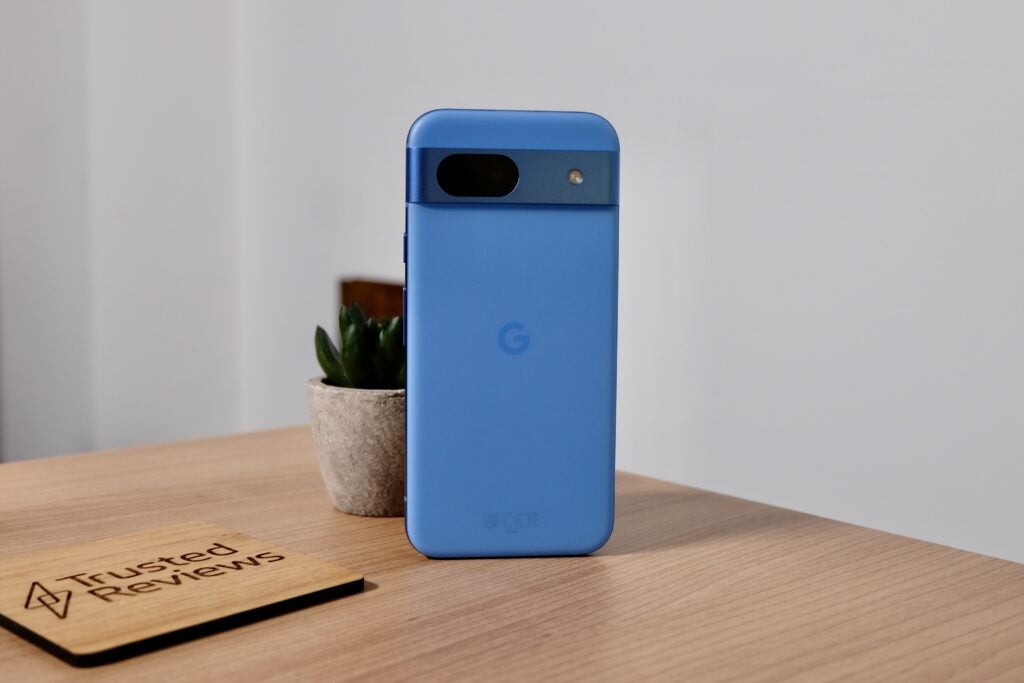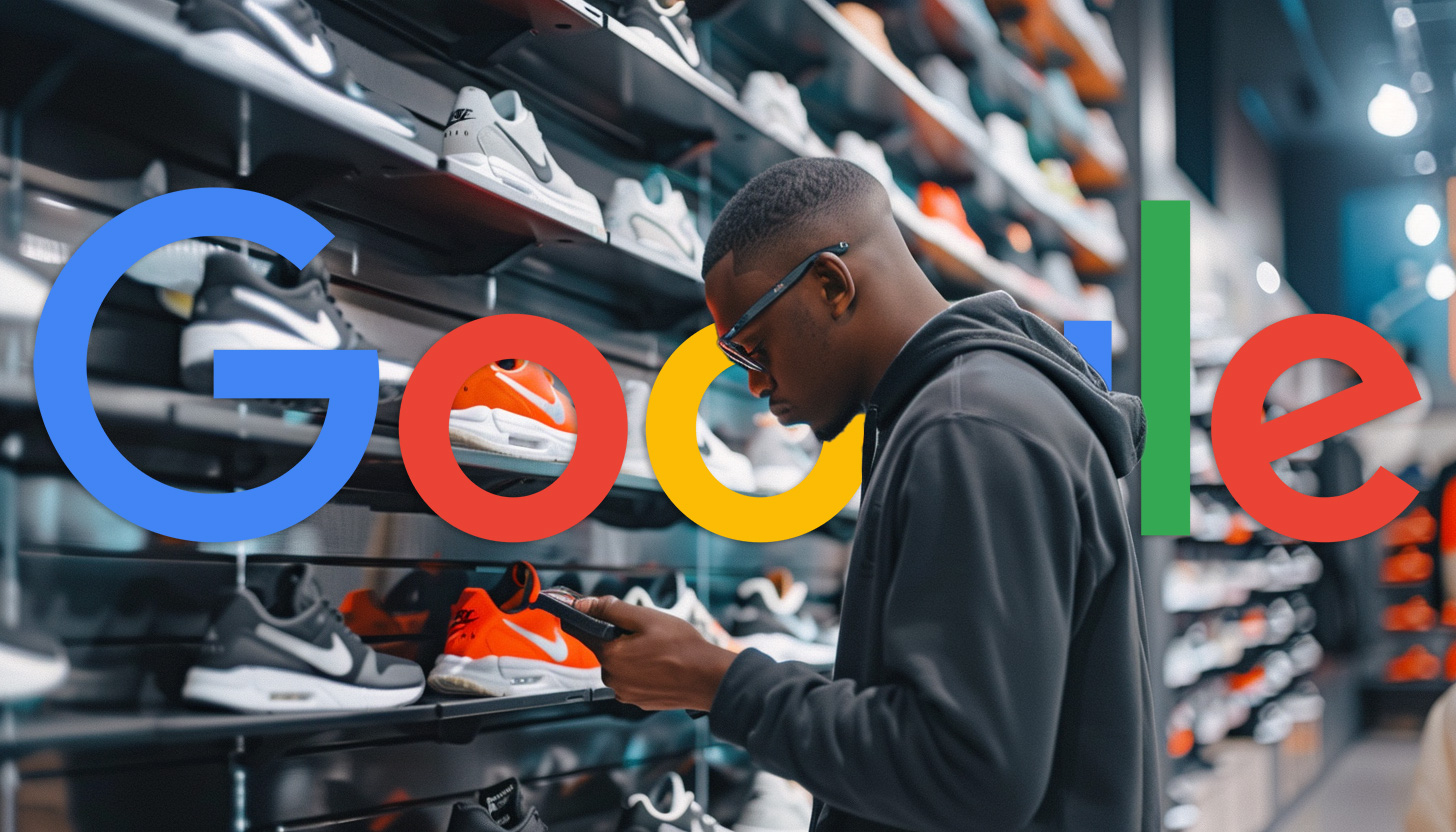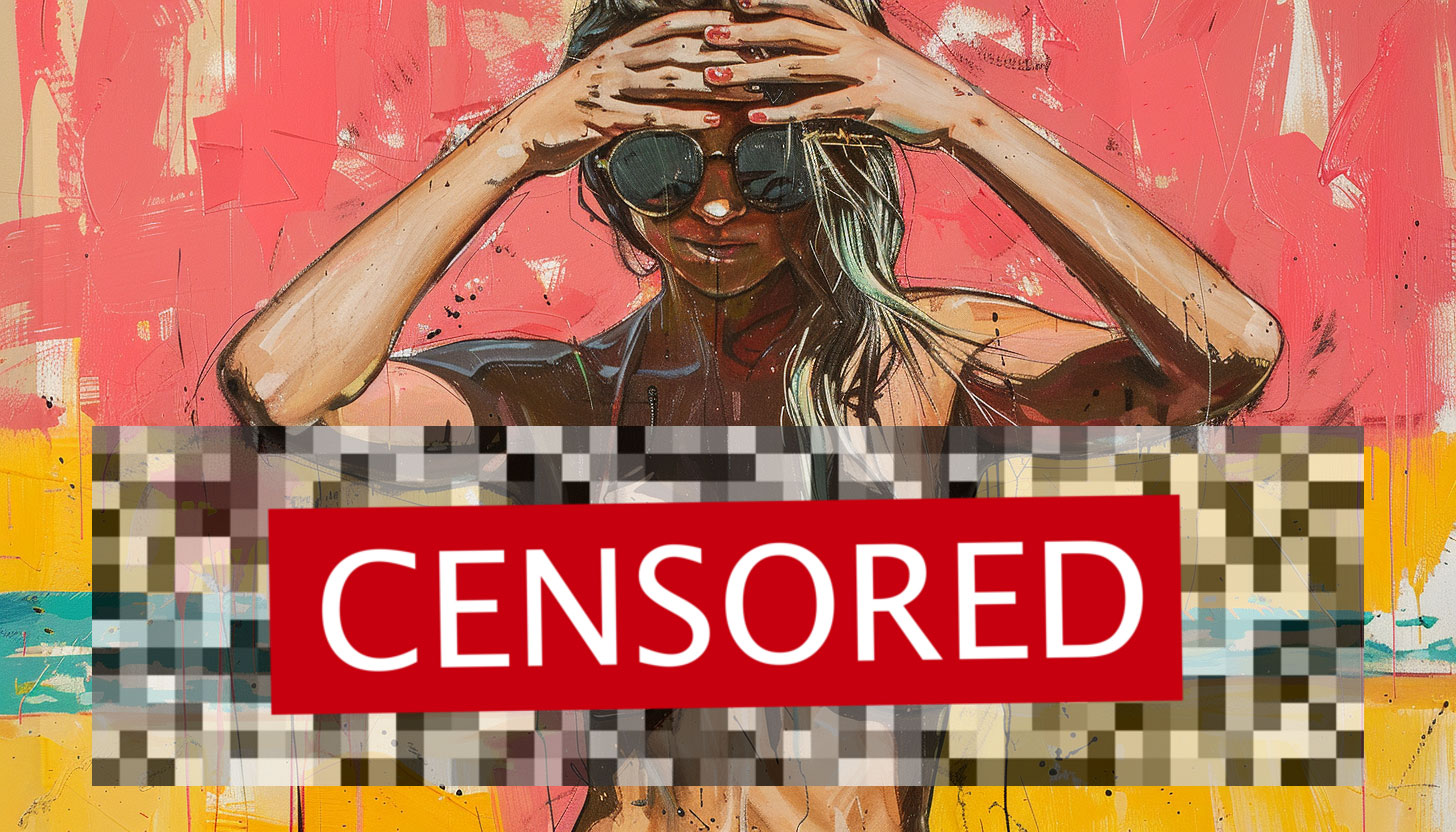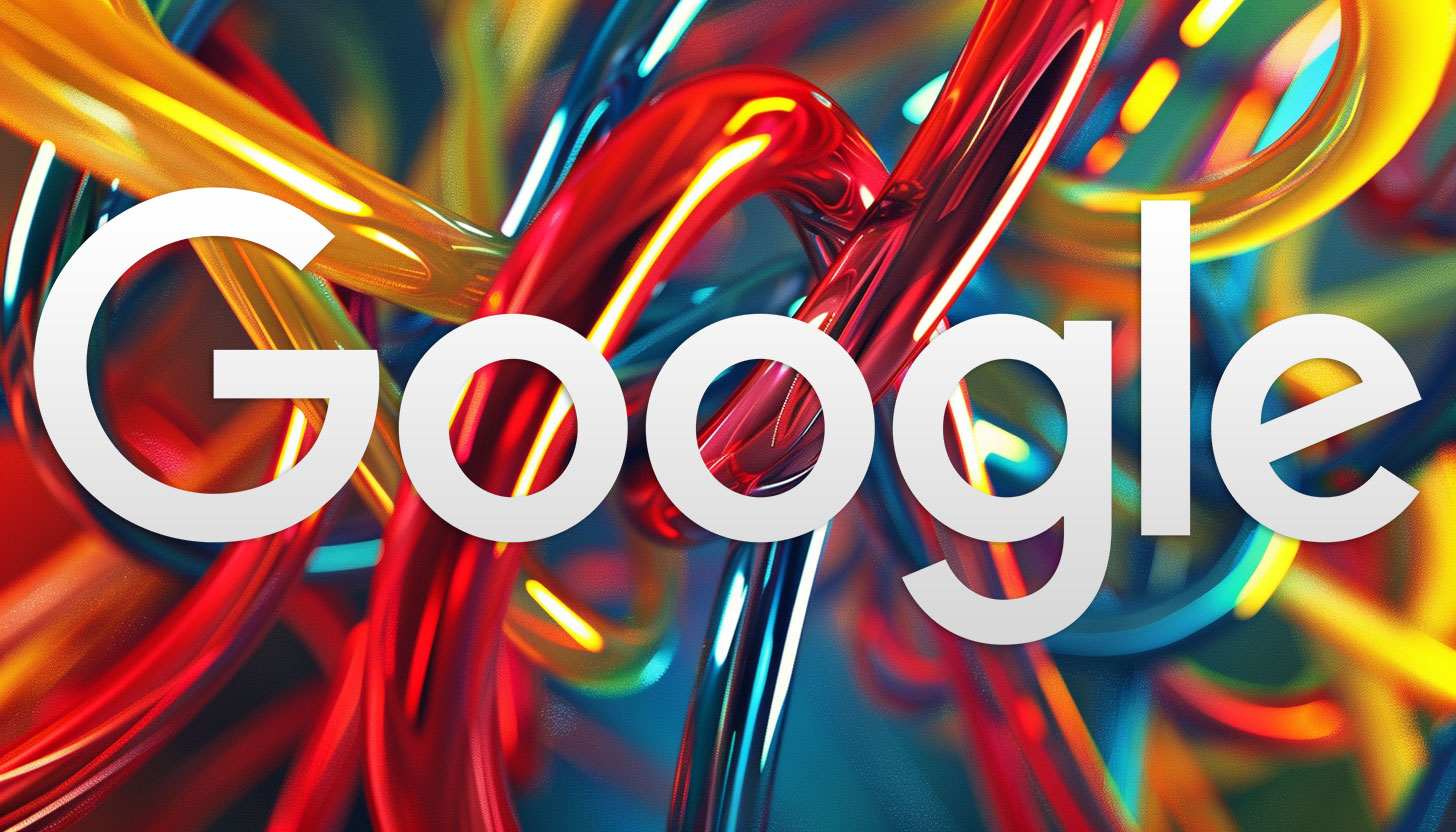
Verdict
Even with a price rise in certain regions, the Pixel 8a remains excellent value for someone looking for a device with a great camera, pocketable design and the promise of many years of software updates.
Pros
- Manageable size
- IP rating and Qi charging
- Great camera (for the price)
- Seven years of software updates
- Clever AI-infused software
Cons
- Screen is far from the best
- The battery will never last more than a day
- Slow charging
Key Features
- Extended software supportSeven years of software updates promised from Google
- Flagship chipsetThe same Tensor G3 chipset as the Pixel 8 Pro
Introduction
The Pixel 8a is the most complete mid-range phone from Google I have ever reviewed and one of the easiest to recommend devices in 2024.
It’s not perfect – I can’t say that any phone is – but for the £499/$499 price this is a very complete phone that ticks a lot of boxes and doesn’t sacrifice too many features.
There’s a lot of competition to be crowned the best mid-range phone though, so does the Pixel 8a have the skills to be the very best?
Design
- Four colours including bright blue and green options
- Great size for those who prefer a smaller phone
- Matte-finish rear
I really disliked the feel of both the Pixel 8 and the larger 8 Pro variant. Both models were overly sharp, constantly digging into my hands. The Pixel 8a rights all of the wrongs of the Pixel 8: it’s slightly smaller, but importantly the edges are softer and more curved.
The smaller sensor array used here also allows Google to shrink down the visor that covers cameras on the back, meaning it isn’t quite as prone to picking up dust as the version on the Pixel 8.
Google has also ditched the glossy back of the Pixel 8, replacing it with the same matte texture as the Pixel 8 Pro here. It’s a huge improvement, reducing the amount of smudges that appear and adding more of a softer textured finish. I also just prefer how the colours look on the matte back.
While I wouldn’t class this as a small phone like the iPhone 13 Mini, it is small compared to the rest of the mid-range Android market which tends to stick with a 6.7-inch display. The smaller size will be a plus for some and a negative for others but it’s good to have the choice on the market. This isn’t a top pick for someone looking for a big screen and I would like to see Google offer a larger Pixel 8a XL that combines the cheaper price with a larger footprint.
You need to pay around £999/$999 for the 6.7-inch Pixel phone and immediately that’ll push those who find the 6.1-inch panel too small to some of the other phones around.
On the other hand, I am glad Google still offers this size of device. It is easy to use with one hand, at least for me and my fairly small hands, and it’s light enough to slip comfortably in the pocket of a skinny pair of jeans or a smaller bag.
Mid-range devices in this price point often sacrifice certain design features to meet the lower price. An IP rating, for instance, isn’t common on these sorts of phones so it’s good to see Google keeping an IP67 rating here for some protection from water and dust.
There’s also been a focus on durability and the use of recycled materials in the construction. Both are very welcome, especially as this phone is set to receive Android updates for the next seven years. Long support is mostly pointless if the phone can’t survive being used for that time.
Screen
- 120Hz Smooth Display
- Sharp FHD+ resolution
- Flat display without curved edges
The 6.1-inch 1080 x 2400 screen is probably the weakest point of the Pixel 8a. It’s far from a dealbreaker but it is the part of the phone that is far from ‘best in category’.
First off, those bezels surrounding the panel are thick. Yes, they are uniform all the way around and that’s great, but the sheer thickness of them really puts me off. Reducing them could have made the phone’s overall footprint smaller, or the upping the size of the display in the same shell.
I’ve also found the screen lacking in other areas. Colours are sacrificed when viewed off-axis and it feels like the screen itself isn’t right up against the glass, like the unlaminated panel on the cheapest iPad.
Finally, while the refresh rate can hit 120Hz, I have found it often feels much slower than that – randomly hitting 60Hz when I’m scrolling. It can be a little jarring, even if it’s rare.
There are positives, though. The Actua Display tech has been plucked from the other Pixel 8 models giving a higher peak brightness of up to 2000 nits. I put the Pixel 8a next to the 7a and the newer model got much brighter and was much easier to use outside on a sunny day. The extra brightness is also noticeable in HDR content, whether it’s via Netflix or YouTube – though the small display means this isn’t the best choice for watching content.
Camera
- Excellent duo of cameras on the back
- No dedicated zoom camera, but there’s an ultra-wide and good selfie camera
- Lots of AI picture editing features
Google has stuck with the same camera hardware as the 7a. On the back, there’s a main 64MP sensor with an f/1.9 lens and OIS alongside a 120-degree 13MP ultrawide. Flip the phone over and there’s a 13MP selfie camera. 4K video is supported up to 60fps on the rear and 30fps on the front.
It’s not the most exciting array of sensors and the lack of a true telephoto lens means it’s all digital zoom here. However the pictures are still great, especially if you’re snapping people or very colourful scenes with lots of contrast.
In general daylight situations, like the landscape shot above, the Pixel 8a consistently impressed. The colours are nice and balanced, the sky is bright without feeling garish or oversaturated and there’s still plenty of detail retained. Most phones can take good shots in these conditions, but the Pixel 8a managed to churn out good pictures all the time.
Google’s colour science and processing help when the light gets lower, as seen in the picture above. Here, the Pixel 8a retained nice colours in the sky, keeping that orangey glow across the scene. It’s a similar story with the image below.
When the light gets lower, the Pixel 8a is still very capable – pumping up the colours a bit and retaining plenty of detail. Google has also done a good job of reducing lens flare this time around, an issue I find even on the iPhone 15 Pro Max which is one of the best camera phones around.
While image quality remains similar to the 7a, the software has some new tricks plucked from the 8 and 8 Pro phones. Magic Editor uses genAI to alter backgrounds completely and you can move around objects in your shots, making them bigger or smaller too. I took a shot of my dog and made her super-size – it’s a fun trick.
Best Take tries its hardest to ensure all the faces in a group shot are perfect by merging multiple shots together if someone has their eyes closed or is looking the other way.
On the video side, Audio Magic Eraser aims to remove background noise from your videos so you can focus on the main voices. I had lots of fun using this, and can see it being helpful for those who don’t want to plump for a separate microphone to start making videos.
All these AI features are welcome and helpful and I do miss them when I leave Pixel phones. I just wish they were all a little faster. Magic Editor can be very slow, and even the older Magic Eraser tended to offer up the wrong parts of a photo to remove during the testing.
Software
- Seven years of software updates promised
- Lots of useful AI features
Google has stated that it will support the Pixel 8a with software updates, Feature Drops and security patches for the same seven years it promised with the Pixel 8 and 8 Pro. A massive claim that’s hugely welcome and unmatched in this price range.
Of course, common sense says that in seven years when Android 21 and the Pixel 15 Pro hit the market, not all the features will be made available for the Pixel 8a. But having assurances the phone you buy today will have the correct security protection after 2030 has got to be a bonus.
Long-term software upgrades are great for reducing e-waste and encouraging buyers to hang onto devices for longer, or pass them on to others, rather than disposing of them.
Google’s vision of Android has AI at the heart, and this will only get more obvious as many of the features from the I/O developer conference arrive throughout the rest of 2024.
One of the best recent additions is Circle to Search, a feature that makes it easy to search for anything on the phone’s screen by drawing around it. This works for pictures and words and it’s exceptionally addictive; I have found myself drawing around landmarks in old photos just to see if it can detect what they are.
Google still makes the best Recorder app on any phone, a priceless addition for those who have to record interviews and meetings, and the Call Screen features help remove the faff from dealing with spam calls. Older features like the wonderful, and almost instant, music recognition widget on the lock screen means you’ll never have to open Shazam again.
There’s also no bloatware to deal with, some Xiaomi phones at this price have in spades, with just Google’s services installed to begin with.
Performance
- Same Tensor G3 chipset as the Pixel 8 Pro
- Either 128GB or 256GB, although no expandable storage
- Strong performance for the price
The Pixel 8a is powered by the same Tensor G3 processor as the £999/$999 Pixel 8 Pro along with 8GB RAM. I had concerns about the performance of Google’s flagship when I reviewed it, but on a phone half the price, it’s more than enough.
Lots of the best phones at this price will have high-end chips in 2024, and Apple has, in the past, used flagship silicon in more affordable devices so Google’s approach isn’t unique even if it remains very welcome.
The Pixel 8a offers smooth performance everywhere and never once did I notice severe slowdown in apps or in some more intensive games. Google’s chips have never been focused on GPU performance but with the smaller 1080p screen here, frame rates are stable and gaming performance is good.
I ran the Pixel 8a through our usual suite of benchmarks and you can see the full results in the graphs below. Performance across the board is superior to the £449 Xiaomi Redmi Note 13 Pro Plus and the £599 Motorola Edge 50 Pro and you really need to be looking at the Snapdragon 8 Gen 3-toting RedMagic 9 Pro (around £600) for better performance, at least on paper, in this general price range.
The focus of the Tensor G3 chip is AI performance, from the GenAI photo editing features to the Gemini Nano service which is coming in a future software update. Some of the AI features do use the cloud for off-device skills but the Tensor ensures lots can be done without an internet connection.
AI is moving very quickly I am sure we’ll see other phone makers, notably Apple, integrate it deeper into forthcoming releases. Google’s services though, already feel advanced and there isn’t a phone at this price that has this many AI skills.
In terms of how fast the AI skills perform, it can be hit-and-miss. Removing someone unwanted from a photo can take around 30 seconds in certain situations, which does feel slow while the process runs.
Elsewhere, there’s Wi-Fi 6E for those with a supported router, Bluetooth 5.3 and dual SIM support if one of them is an eSIM. Call quality is excellent and the stereo speakers get the job done for alarms and podcasts.
Battery Life
- Not the fastest phone to charge
- No charger is included
- Wireless charging supported
Even with a slightly larger 4492mAh battery than what was found in the Pixel 7a, the 8a remains a phone I had to charge, without fail, every night during the review period. A common issue with smaller phones like this.
The battery drained very quickly in intensive tasks, like running Google Maps, and it goes down even faster when screen brightness is pushed to to high levels. Streaming an hour of Netflix at 50% only took off 7%, but that doubled when the brightness was at 90%.
I couldn’t get more than four hours and 30 minutes of screen on time per charge, so you’d have to be really light user to get more than a day’s worth of juice from a single charge.
It doesn’t help matters that it’s one of the slowest-charging Android phones around. In the same time the Xiaomi Redmi Note 13 Pro Plus went from 0-100%, the Pixel 8a only got to 32%. A full 0-100% charge with the Pixel 8a took around 120 minutes – similar to the £149 Motorola Moto G34 5G.
As the phone doesn’t come with a charger included, standard for Google, I conducted these tests with a plug capable of outputting at the top charging speeds.
It’s always nice to see wireless Qi charging included, even if the 8w top charging speeds mean it’s only really useful for overnight charging.
Latest deals
Should you buy it?
You should buy if you want a phone that will last
With a durable build and seven years of software updates, the PIxel 8a should last for an extended period of time.
You shouldn’t buy if you want a phone for content consumption
The small screen isn’t the best for gaming and watching videos, and the panel itself isn’t quite on par with some of the larger screens of the best mid-range phones.
Final Thoughts
Even though the Pixel 8a has seen a price rise in certain regions, it remains good value for someone looking for a great camera, pocketable design and the promise of many years of software updates.
Google has continued to design well-thought-out devices, and I much prefer the overall feel of the 8a to the standard 8. The matte back and slightly smaller, slightly more rounded body are all vast improvements to Google’s higher-priced device.
As you’d expect from a Pixel, the camera is good – snapping excellent pictures with accurate skin tones and lovely colours in all sorts of environments. It’s strong in low light too, although not quite to the extent of the higher-end Pixel phones like the Pixel 8 Pro.
Battery life remains a weakness, just as it has been with previous models, and this isn’t helped by the slow charging.
This is a crowded end of the market with lots of fantastic devices. The Xiaomi Redmi Note 13 Pro Plus has much faster charging and a far sharper, larger display, although you do have to live with Xiaomi’s pretty poor software. Both the Nothing Phone (2) and Nothing Phone (2a) offer more distinct designs, with the Samsung Galaxy A35 5G is cheaper and will be familiar to anyone who has used Samsung’s software before.
If I was looking for a phone at this price though, I think I would look towards the Pixel 8a. It ticks all the boxes, makes very few sacrifices and looks good. This could be the easiest to recommend Pixel phone yet.
How we test
We test every mobile phone we review thoroughly. We use industry-standard tests to compare features properly and we use the phone as our main device over the review period. We’ll always tell you what we find and we never, ever, accept money to review a product.
Find out more about how we test in our ethics policy.
Tested as main phone for over a week
I used multiple benchmarks test and compared with real world performance
You might like…
FAQs
How fast is the Pixel 8a to charge and is a charger included?
We found the phone took around 115 minutes to fully charge, and a 50% charge took 50 minutes. There is no charger included.
Trusted Reviews test data
Geekbench 6 single core
Geekbench 6 multi core
Max brightness
1 hour video playback (Netflix, HDR)
Battery drain 60-min (music streaming online)
Battery drain 60-min (music streaming offline)
30 minute gaming (intensive)
30 minute gaming (light)
Time from 0-100% charge
Time from 0-50% charge
3D Mark – Wild Life
GFXBench – Aztec Ruins
GFXBench – Car Chase
Google Pixel 8a
1680
4428
1500 nits
7 %
0 %
2 %
9 %
8 %
115 min
50 Min
1574
63 fps
73 fps
Full specs
UK RRP
USA RRP
Manufacturer
Screen Size
Storage Capacity
Rear Camera
Front Camera
IP rating
Battery
Wireless charging
Fast Charging
Size (Dimensions)
Weight
Operating System
Release Date
First Reviewed Date
Resolution
HDR
Refresh Rate
Ports
Chipset
RAM
Colours
Google Pixel 8a
£499
$499
6.1 inches
128GB, 256GB
64MP + 13MP
13MP
IP67
4492 mAh
Yes
Yes
72.7 x 8.9 x 152.1 MM
188 G
Android 14
2024
17/05/2024
1080 x 1200
Yes
120 Hz
USB-C
Tensor G3
8GB
Aloe, Bay, Obsidian, Porcelain





